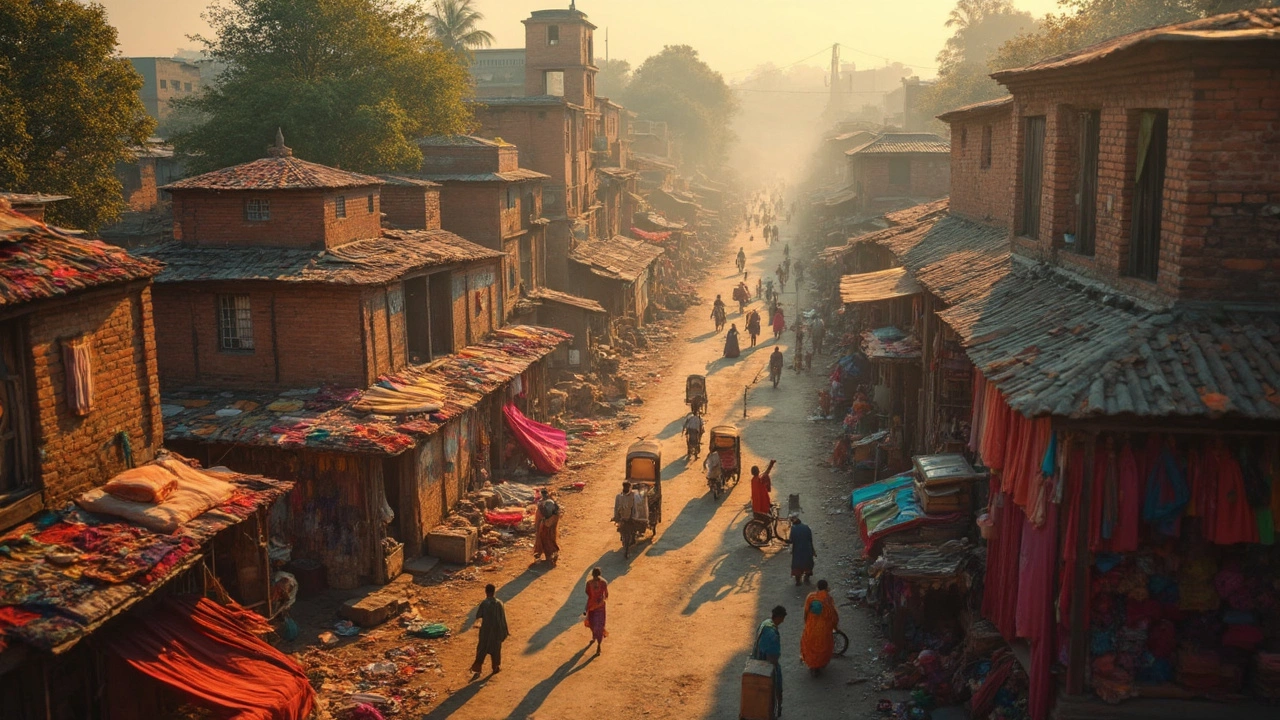Largest Textile City in India: The Story of Surat
When you hear “largest textile city” in India, most people point straight to Surat. This coastal town in Gujarat has turned fabric into its signature brand. From tiny hand‑loom units to massive synthetic mills, Surat handles everything from raw yarn to finished garments. If you’re looking for a place where the thread never stops, Surat is the answer.
What Makes Surat the Textile Powerhouse
First, the city’s location gives it a logistics edge. A major port, an international airport, and highways that link to the rest of the country mean raw cotton, polyester chips, and finished cloth move in and out quickly. Second, Surat’s history with the textile trade runs deep – traders have been buying and selling fabric here for over a century. That legacy created a dense network of buyers, suppliers, and skilled workers.
Third, the scale of production is staggering. The city churns out more than 1 billion meters of fabric every year, covering cotton, silk, polyester, and blended yarns. Large manufacturers like Alok Industries and small family workshops share the same industrial park, so the ecosystem supports both high‑volume orders and niche designs.
Finally, technology keeps the city ahead. Modern mills employ automated looms, digital design software, and eco‑friendly dyeing processes. Government schemes such as the Textile Parks Scheme provide subsidies for green machines, which lowers costs and attracts foreign buyers.
Opportunities for Manufacturers and Entrepreneurs
If you’re a startup eyeing the textile world, Surat offers several entry points. You can set up a small batch unit to produce custom fabrics for boutique brands, or partner with a larger mill to source bulk material at lower prices. Because the supply chain is so tight, lead times shrink dramatically – a factor that many global buyers love.
Export‑oriented businesses also thrive here. Surat’s port ships cloth to Europe, the Middle East, and the US faster than many inland hubs. The city’s export‑focused agencies help with documentation, reducing the hassle for new exporters.
Beyond fabric, related services are booming. Dyeing, printing, and finishing units are always on the lookout for reliable partners. Investing in a modern dyeing line with water‑recycling tech can earn you premium contracts, as many brands now demand sustainable processes.
Don’t forget the talent pool. Local colleges run textile engineering courses, and many graduates stay in the city because of the job prospects. Hiring locally means you get skilled workers who understand both traditional techniques and modern machinery.
In short, Surat’s status as the largest textile city isn’t just a title – it’s a living advantage. Whether you want to source fabric, launch a fashion label, or set up a manufacturing unit, the city’s infrastructure, history, and market size give you a solid foundation. Explore the local trade fairs, connect with the industry bodies, and you’ll quickly see why Surat stays at the top of India’s textile map.

Largest Textile City in India: Where Fabric Dreams Begin
Curious about where most of India’s textiles are made? This article explores the biggest textile city in India, highlights its global impact, and unpacks what makes it tick. You’ll get details on the city’s history, the industries working there, why it’s so important for textile manufacturers, and some quick facts. We’ll also look at tips for buyers and manufacturers. If you’re hunting for real info about Indian textiles, you’re in the right place.
Read More